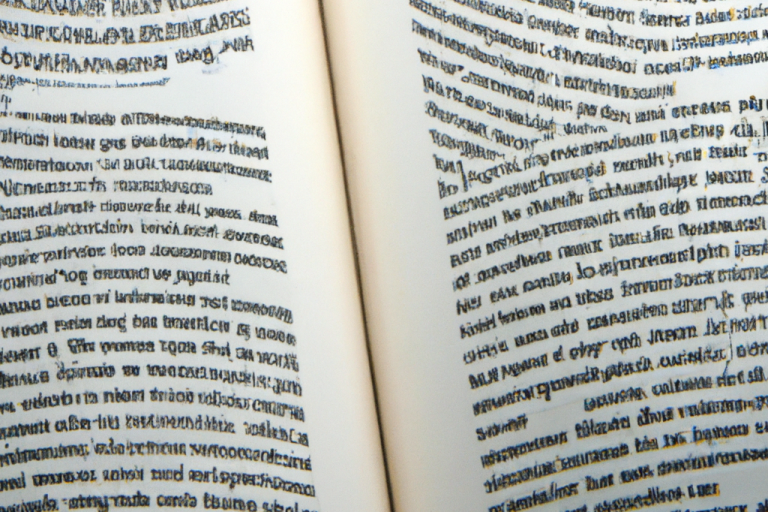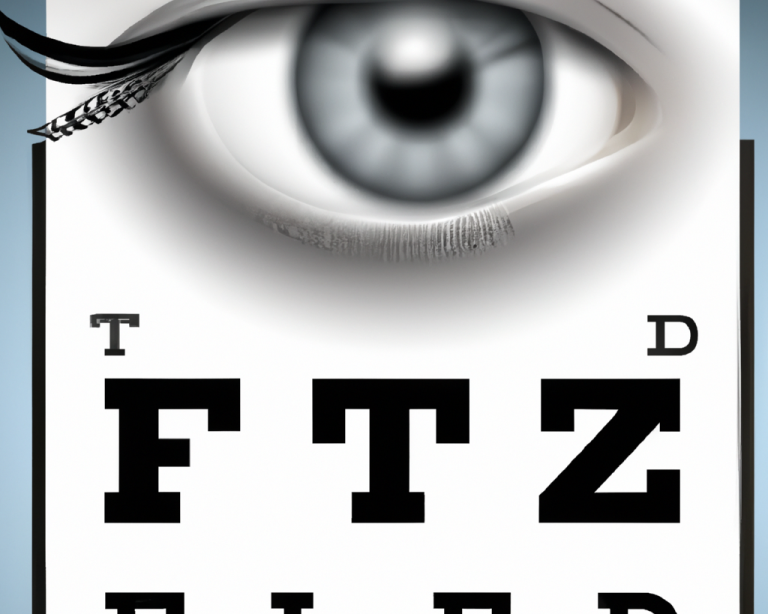Common Eye Movement Disorder Symptoms

Eye symptoms with specific learning difficulties (SpLD)
Children and adults with dyslexia, dyspraxia, ADHD and Autistic individuals may have visual symptoms that are contributing to their specific learning difficulties.
Eye symptoms can be a result of Visual Processing disorders (the brain struggling with how it perceives the information from the eyes), eye movement tracking problems and weak Binocular functions. Visual Stress can also contribute to certain symptoms.
Some Symptoms:
Reading challenges, such as a slow reading speed
Glare from the page
Words intermittently blurring and jumbling, sometimes with patterns over the page
Losing place when reading
Closing one eye when reading
Struggling with copying from board, at school
Prone to be clumsy
Headaches
Confuse similar words or letters

Uncomfortable eyes with close work (asthenopic)
Asthenopia is a collective term for headaches, eye strain with tiredness and double vision, mainly associated with close work such as reading and computer work. These can be a result of weak Binocular functions, including convergence (how the eyes work together) and focusing.
Some Symptoms:
Double Vision
Blurred vision
Headaches soon after close work
Tiredness with sustained reading
Losing place when reading

Reduced childhood vision (amblyopia)
A lazy vision can occur due to abnormal visual development. It can exist with or without a squint (turn in the eye). This can be detected as part of Child Visual Development Assessments and Screening.

Double Vision
Seeing two images of the same object, one of which is eliminated by closing either eye. Double vision (diplopia) can occur in any position of gaze. It maybe longstanding, recent, intermittent or constant. There are various reasons double vision can occur and therefore a through Orthoptic assessment is necessary. Prisms can be used to join the diplopia back into single vision, in appropriate cases.

Visual Assessments due to Specific Needs
Specialist Assessments can be undertaken for:
Those with additional communication needs.
Children with Specific Educational Needs (SEN).
©Copyright 2024 HMirza. All rights reserved.
We need your consent to load the translations
We use a third-party service to translate the website content that may collect data about your activity. Please review the details in the privacy policy and accept the service to view the translations.